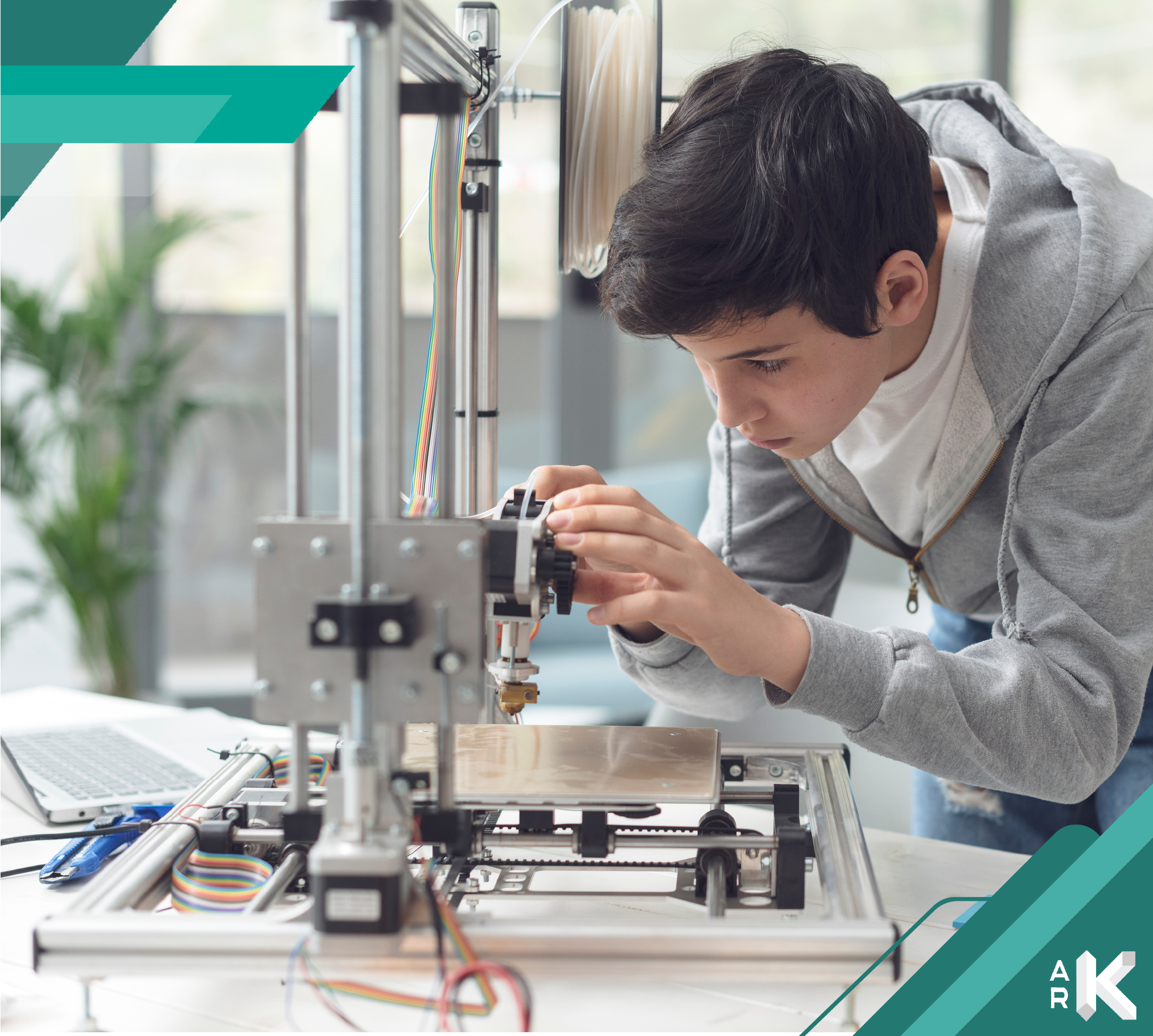
Additive Manufacturing Technology
Additive manufacturing, technically known as 3D printing, more accurately describes the actual process of printing. The ability to simulate any 3D model or sculpture is no longer a feat of imagination; any conceivable shape can now be transformed into a real-life replica. This technology empowers small to medium-sized factory owners to achieve the same level of manufacturing capability and precision once reserved exclusively for professional designers and large manufacturing firms. Over the past few years, 3D printing technology has evolved rapidly due to advancements in computing power, design software, new raw materials, and the fuel of innovation and creativity known as the internet.
The History of Technological Advancement in Factories
The technology of 3D printers has gone through many stages, gradually evolving over time.
The technology of 3D printers has undergone numerous stages of development, evolving gradually over time. Starting from the initial concepts in the 1980s to the sophisticated applications we see today, 3D printing technology has transformed manufacturing processes in factories across the globe. Initially developed as a tool for rapid prototyping, it allowed designers and engineers to quickly create physical models of their designs, significantly reducing the development time of products.
Over the years, advancements in 3D printing technology have expanded its capabilities beyond prototyping to actual production. The introduction of stronger and more diverse materials, improvements in printing precision and speed, and the development of more efficient and user-friendly software have enabled 3D printers to produce functional parts and finished goods. Today, additive manufacturing is utilized in various industries, including aerospace, automotive, healthcare, and consumer goods, revolutionizing traditional manufacturing by offering unparalleled customization, waste reduction, and cost efficiency.
This evolution reflects a broader trend of technological progress in factories, characterized by the integration of digital technology, automation, and advanced materials. As we continue to advance, the future of manufacturing promises even greater innovations, further blurring the lines between digital and physical production processes.

The history of technological advancement in factories
The history of technological advancement in factories, particularly with the evolution of 3D printing technology, outlines a journey of innovation and transformation. Initially conceived in the 1980s, 3D printing, also known as additive manufacturing, began as a method for rapid prototyping, enabling designers and engineers to quickly create physical models from digital designs. This capability significantly accelerated the design process, reducing the time and cost associated with traditional prototyping methods.
Over the years, 3D printing technology has undergone extensive development, marked by significant milestones:
1980s
1990s
2000s
2010s
2020s and Beyond
Overview
Some printer technologies that can be used in the industrial field
FDM is one of the most common and accessible 3D printing technologies. It works by extruding thermoplastic filaments through a heated nozzle, laying down material layer by layer to build up the final object. FDM is favored for its ease of use, cost-effectiveness, and the wide range of available materials, making it suitable for prototyping, tooling, and some end-use parts in various industries.
SLS technology uses a laser to sinter powdered material, typically nylon or other polymers, layer by layer to form a solid object. Unlike FDM, SLS does not require support structures, as unsintered powder supports the object during printing. This allows for the creation of complex geometries and moving parts within a single print. SLS is highly valued in industrial applications for its ability to produce strong, durable parts with a high degree of accuracy and detail.


